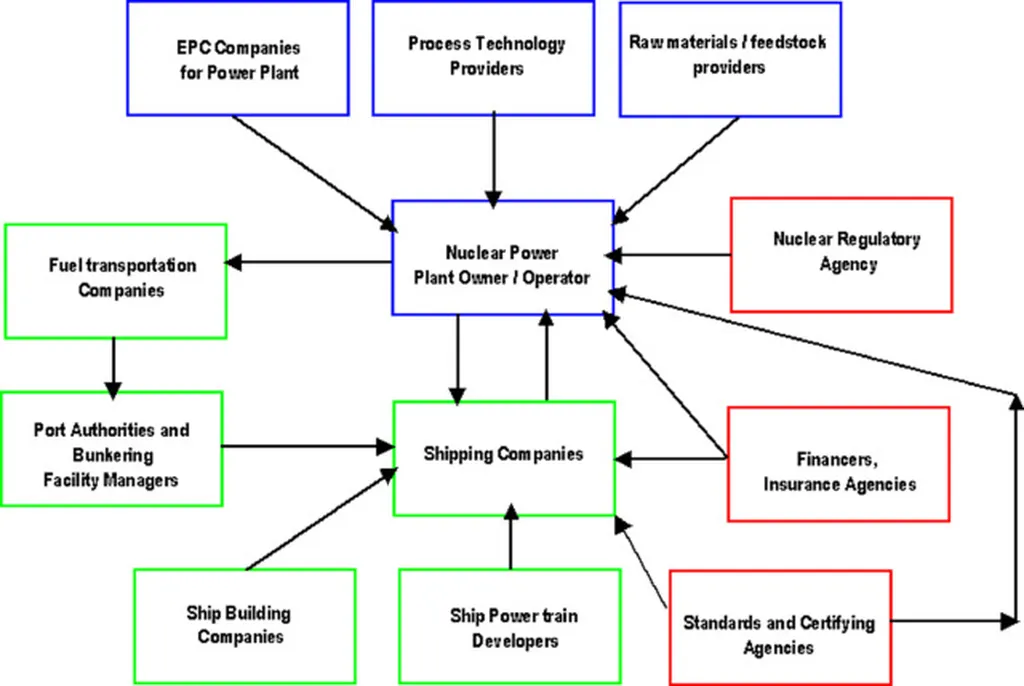The maritime industry is at a crossroads. With global shipping accounting for 3% of greenhouse gas emissions, the sector is under pressure to decarbonize. Nuclear power, a proven solution for military vessels, is emerging as a viable option for commercial shipping. But there’s a catch: until now, there’s been no unified, public guide to help design safe nuclear components for civilian ships. Enter the MIT Maritime Consortium’s “Nuclear Ship Safety Handbook,” a game-changer that could accelerate the adoption of nuclear propulsion in commercial shipping.
The handbook isn’t just another technical manual—it’s a bridge between engineering, policy, and industry. It pulls together research data, operational experience, and regulatory insights to tackle the unique challenges of nuclear-powered maritime transport. Themis Sapsis, director of the MIT Center for Ocean Engineering, puts it bluntly: “This handbook is a critical tool in efforts to support the adoption of nuclear in the maritime industry.” It’s designed to provide a strong foundation for safety research and development, ensuring that as nuclear propulsion gains traction, the industry has clear, actionable guidelines.
One of the biggest hurdles to nuclear shipping has been outdated regulations. As Jose Izurieta, a graduate student and handbook author, points out, existing policies are often tied to specific technologies like pressurized water reactors. With the recent U.K.-U.S. Technology Prosperity Deal now including civil maritime nuclear applications, there’s an urgent need for modern, flexible regulations. The handbook steps into this gap, offering a framework that could shape future policies.
The U.S.-U.K. nuclear shipping corridor presents a unique opportunity to test and refine these standards. Fotini Christia, director of the MIT Sociotechnical Systems Research Center, sees this as a chance to reestablish America’s leadership in shipbuilding. “The U.S.-U.K. nuclear shipping corridor offers a great opportunity to collaborate with legislators on establishing the critical framework that will enable the United States to invest in nuclear-powered merchant vessels,” she says. With over 30 nations now building or planning their first reactors, aligning safety rules across borders is more important than ever.
The handbook is meticulously structured, balancing technical guidance with policy considerations. It’s divided into chapters that address the overlapping nuclear and maritime safety design decisions engineers will face. Commander Christopher MacLean, an MIT associate professor, highlights its potential impact: “This will assist in enhancing safety protocols, improve risk assessments, and ensure consistent compliance with international regulations.” For naval architects and marine engineers, this is a goldmine—a standardized guide to designing and operating nuclear-powered commercial vessels safely.
But the handbook isn’t just about engineering. It’s also about fostering collaboration between engineers, policymakers, and regulators. Anthony Valiaveedu, the handbook’s lead author, emphasizes the importance of integrating safety and technology. “It is important for safety and technology to go hand-in-hand,” he says. “What we have done is provide a risk-informed process to begin these discussions for engineers and policymakers.”
The maritime industry is taking notice. Christopher J. Wiernicki, ABS chair and CEO, calls the handbook “an important document for the industry.” For classification societies like ABS, which certify vessel safety, this guide fills a critical knowledge gap. Jerry Kalogiratos, CEO of Capital Clean Energy Carriers Corp., sees it as a foundation for developing nuclear-powered commercial vessels. “As first movers, we are exploring all options,” he says. “This handbook lays the technical foundation for the development of nuclear-powered commercial vessels.”
The MIT Maritime Consortium, which launched in 2024, is at the forefront of this effort. Bringing together industry leaders and MIT researchers, the consortium is exploring data-powered strategies to reduce emissions and optimize vessel operations. The handbook is just one part of a broader push to revitalize U.S. shipbuilding and commercial maritime industries.
As the industry grapples with decarbonization, nuclear propulsion is no longer a distant dream—it’s a tangible, near-term solution. The “Nuclear Ship Safety Handbook” provides the roadmap, but its success will depend on collaboration between engineers, policymakers, and regulators. With this guide in hand, the maritime industry is one step closer to a carbon-free future.

